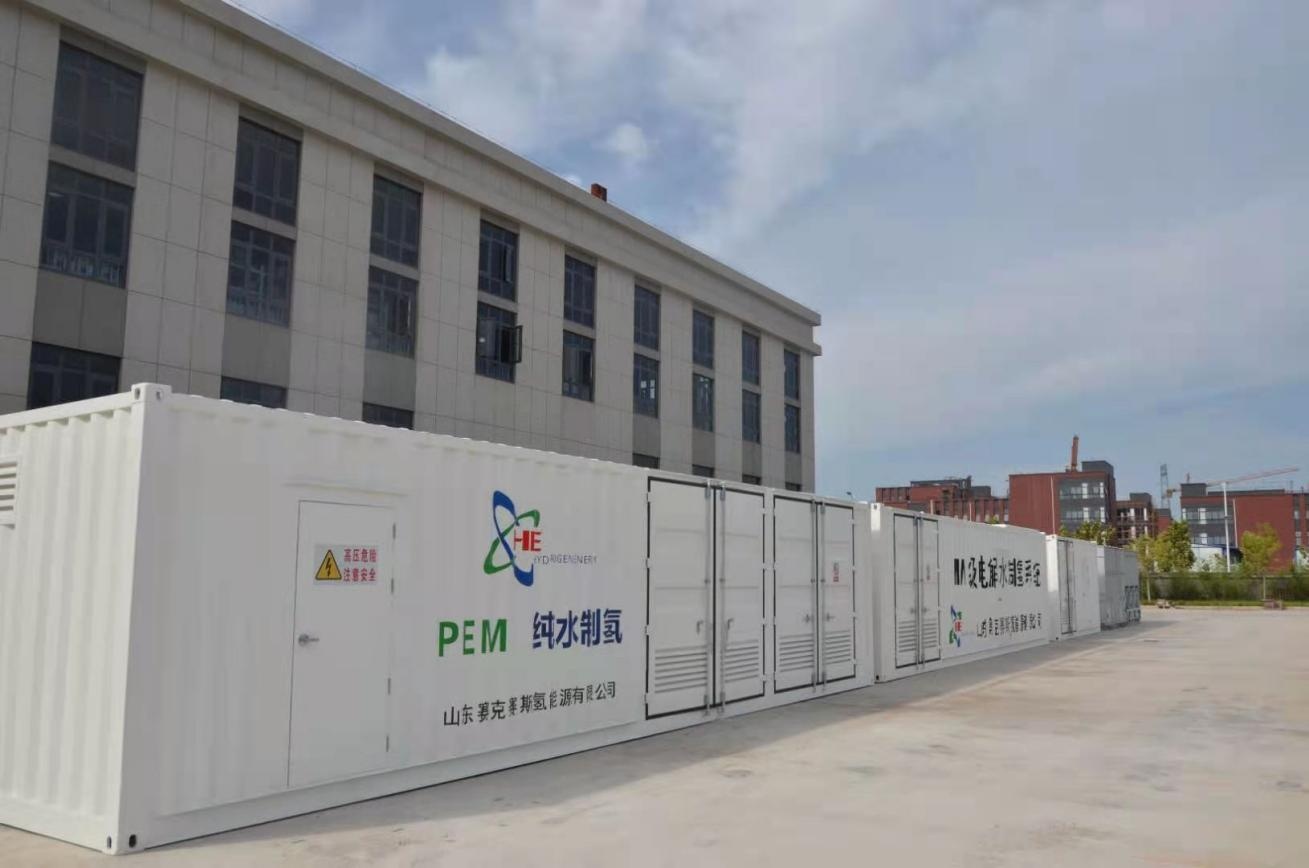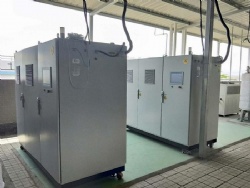PEM Hydrogen Generator Water Electrolysis Green H2 Plant

PEM Hydrogen Generator Water Electrolysis Green H2 Plant
Our factory is a cooperative unit of the Chinese Academy of Sciences and an ISO / TC197 member unit. It participates in drafting two national standards for hydrogen production from electrolytic water and has more than 20 independent intellectual property rights. Relying on the Group's strong resources, relying on the team's unity and innovation spirit, and relying on the cooperation of scientific research institutes, our company undertakes the 2018 national key research and development plan project "MW-level solid polymer electrolyte electrolytic water hydrogen production technology", and has achieved MW-level PEM Hydrogen generation station and fluctuating wind photovoltaic renewable energy coupled large-scale hydrogen energy storage technology landing. At the same time, it also undertook the key research and development project of Shandong Province in 2019 (2019JZZY010905), and set up an academician workstation and was approved as a "PEM hydrogen production equipment engineering laboratory" to help China's hydrogen energy development.
Technical Principle
1) Water electrolysis and oxygen precipitation: Water (2H2O) generates a hydrolysis reaction on the anode electrode, and is split into protons under the action of an electric field and a catalyst.
2) (4H +), electron (4e-) and gaseous oxygen (O2).
3) Proton exchange membrane: The sulfonic acid group inside the proton exchange membrane can conduct protons, so that 4H + protons reach the cathode through the proton exchange membrane under the action of the potential difference (Electro motive field).
4) Electron conduction: 4e- electrons are conducted through an external circuit.
5) Hydrogen precipitation: 4H ++ 4e-reaction is generated on the cathode, and hydrogen (2H2) is precipitated to realize the separation of hydrogen and oxygen.
6) Pressure formation: In the cathode cavity, as the amount of hydrogen production increases, the pressure gradually increases until it reaches a predetermined pressure.
After more than 30 years of R&D accumulation, the company has its own core intellectual property rights from the preparation of membrane electrodes to the assembly of electrolysis cells. Facing the prospect of market application, it has withdrawn from different series of electrolytic cells to meet different market needs. At present, the single-tank hydrogen production capacity of 260Nm3 / h has been successfully developed, which is in the world's leading level.
- Previous Product:0.5~500Nm3/h 99.999% H2 Purity PEM Water Electrolysis Hydrogen Generator
- Next Product:PEM Water Electrolysis Hydrogen Generator


